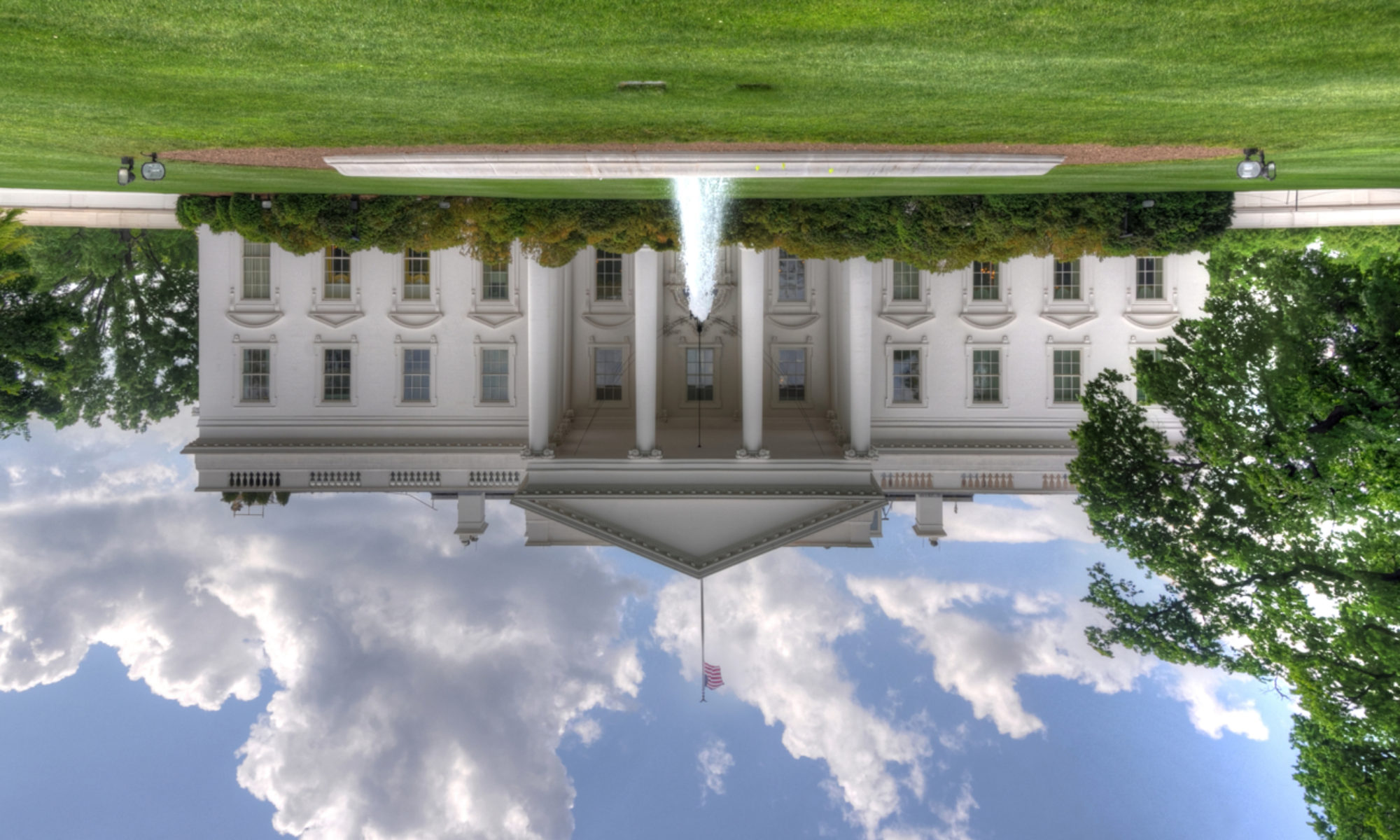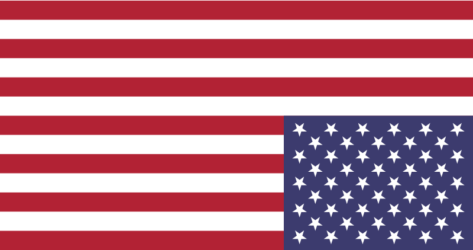What is the relationship between gun control measures and shooting deaths (or reduced shooting deaths)? Those who support stiffer gun restrictions argue that it’s obvious that the result will be a reduction in the number of deaths by firearm. Those who support gun rights (particularly those who equate “gun control” with “taking away our guns”) don’t acknowledge a relationship, and continue to insist that “guns don’t kill people, people kill people.”
Though there is not an abundance of research (the National Rifle Association sponsored a law in 1996 that bars federal agencies from conducting firearms research), the evidence that does exist says that U.S. states that have stricter gun control laws have fewer firearm deaths than states whose regulations are not as strict.
For example, Louisiana, Alabama, and Alaska have loose gun control policies. The average rate of firearm deaths in these states per 100,000 people is over four times greater than in the four states with the strictest gun control laws: Massachusetts, Connecticut, New York, and Hawaii.
Though these numbers suggest a logical correlation between tighter gun regulation and fewer deaths by firearm, research does not widely support a cause-and-effect relationship. In other words, though the relationship seems obvious, existing research does not show positively that stricter gun control has been the reason for fewer gun deaths in areas where guns are more regulated.
In rural areas, for example, where the rate of gun-related suicides is higher than in urban areas, other factors besides guns may be at play, such as mental health issues, inability to get adequate or timely medical care, or some other undetermined factor.
But though proponents of less-stringent gun control cling to the lack of a cause-and-effect relationship, evidence shows that the more guns per person in a state, the more firearm homicides there are in that state. For example, a Boston University School of Public Health study found a roughly 0.9 percent increase in the gun homicide rate for every one percent increase in gun ownership.
According to Vox, in a study of the impact of firearm buybacks on gun deaths, Andrew Leigh of Australian National University and Christine Neill of Wilfrid Laurier University found that “the largest falls in firearm deaths occurred in states where more firearms were bought back.”
David Hemenway and Mary Vriniotis, both of Harvard University, reached similar conclusions from their examination of multiple studies. “First, the drop in firearm deaths was largest among the type of firearms most affected by the buyback. Second, firearm deaths in states with higher buyback rates per capita fell proportionately more than in states with lower buyback rates.”
With respect to gun control, how do we compare with the rest of the world? The United States has more guns, overall, than any other country (88.8 civilian-owned guns per 100 people). The country in second place, though significantly behind the U.S., is Yemen, with 54.8 guns per 100 people. The United States has significantly more deaths by firearm than any other developed nation, and considerably more civilian-owned guns per person than any other nation.
According to BBC News, the number of guns per 100 people in Great Britain is six. (Remember the above figure of 88.8 guns per 100 people in the U.S.?) In 2016, the number of deaths by firearms in England and Wales together was 26. In the U.S. in 2016, it was 15,079.
Though it’s true that other factors besides a lack of gun control measures, such as alcohol consumption, drug abuse, or poverty, can contribute to homicide and suicide rates by gun, stricter control of access to guns could help keep these numbers down. Can we really, with a straight face, continue to insist that there is no correlation between gun control and reduced gun fatalities?
Gun Crime in America in Numbers | BBC News [2017-10-03]
Would stricter gun laws have prevented tragedy in Texas? | Fox News [2018-05-20]

